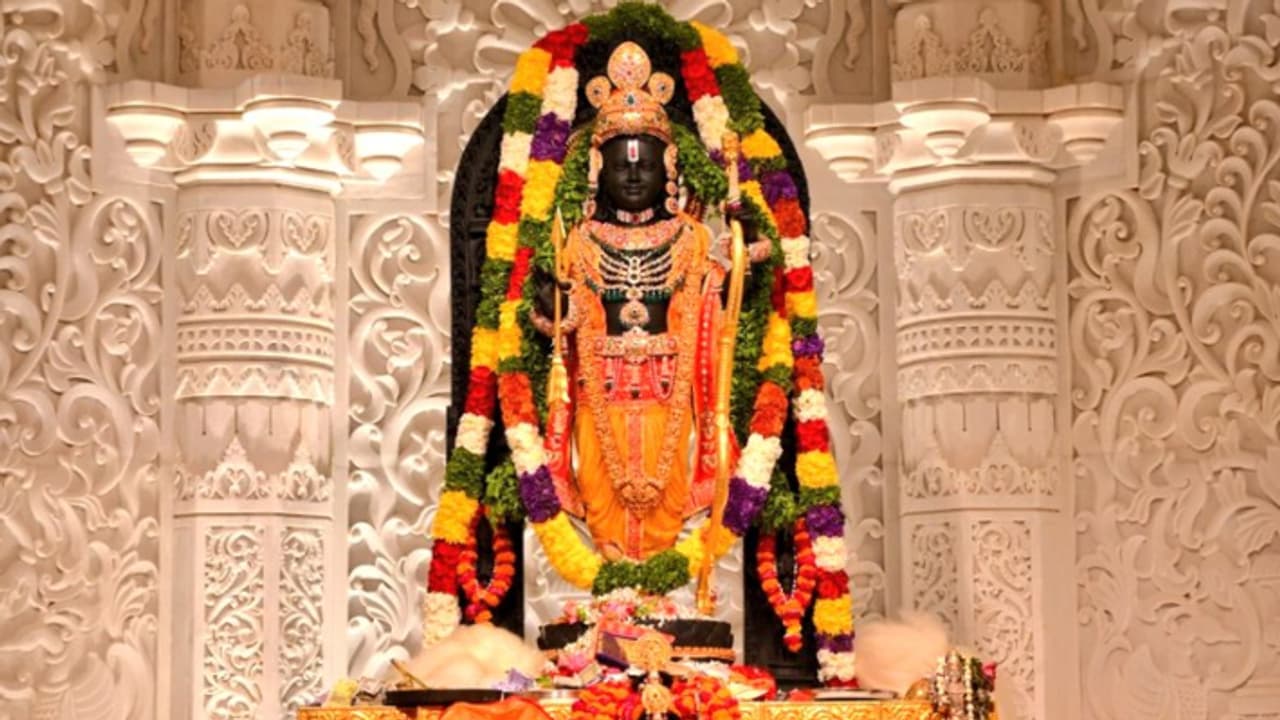Pran Pratishtha (प्राण प्रतिष्ठा) is a sacred ritual in Hinduism that involves the ceremonial consecration or installation of a deity's idol or murti in a temple or shrine. The term translates to "establishing life force" (प्राण = life force, प्रतिष्ठा = establishment). This ritual symbolises the invocation of divine energy or presence in the idol, transforming it from a mere physical object into a spiritually potent entity that can be worshipped.
As the nation celebrates the first anniversary of the Pran Pratishthapan (consecration ceremony) of the Ram Mandir in Ayodhya, it’s the perfect moment to reflect on the city’s rich history, cultural significance, and enduring legacy. Here are some lesser-known and fascinating facts about Ayodhya:
1. Ancient Capital of the Kosala Kingdom
Ayodhya, described in the Ramayana, was the capital of the Kosala Kingdom and is believed to be one of the world's oldest cities. Hindu tradition claims that Manu, the progenitor of mankind, founded it.
2. Birthplace of Lord Rama
Hindus around the world revere Ayodhya as the birthplace of Lord Rama, the seventh incarnation of Lord Vishnu.
3. Mentions in Jain and Buddhist texts
Ayodhya holds significance not just for Hindus but also for Jains and Buddhists. It is considered the birthplace of five Jain Tirthankaras, including the first, Rishabhdev. Buddhist texts also reference Ayodhya as a flourishing city during Buddha's time.
4. Connection to the Ramayana
The Ramayana describes Ayodhya as a city of immense grandeur, with wide roads, golden palaces, and thriving markets. The city’s name means "unconquerable," symbolising peace and prosperity.
5. Historical References in Valmiki’s Ramayana
According to Valmiki’s Ramayana, Ayodhya spanned 96 miles in length and 24 miles in breadth, a massive expanse for an ancient city.
6. Ram Mandir's Grand Architecture
The newly constructed Ram Mandir is one of the most ambitious architectural projects in modern India. Built from carved sandstone, it showcases intricate designs inspired by ancient Indian temple architecture.
7. Ayodhya's connection to Sikhism
Guru Nanak, the founder of Sikhism, is believed to have visited Ayodhya during his travels. The city also holds significance for Sikhs as it commemorates the visit of Guru Tegh Bahadur, the ninth Sikh Guru.
8. The Sarayu River’s Sacred Importance
The Ramayana mentions the sacred Sarayu River, which flows through Ayodhya. It is believed that taking a dip in the Sarayu cleanses sins and purifies the soul.
9. Ayodhya in Modern History
The Ram Mandir movement, culminating in the Supreme Court verdict of 2019, brought Ayodhya back into global focus. Devotees worldwide celebrated the temple's consecration during the Pran Pratishthapan ceremony in 2024, marking a historic moment.
10. Ayodhya: A Blend of History and Faith
Today, Ayodhya is a bustling pilgrimage site that blends ancient traditions with modern development. The city has emerged as a symbol of faith, unity, and cultural heritage for millions across the globe.
Ayodhya’s significance goes beyond religious boundaries—it is a city steeped in mythology, history, and spirituality. The first anniversary of the Pran Pratishthapan at the Ram Mandir serves as a moment of pride for India, as it celebrates the cultural and spiritual essence of one of its most cherished cities.
